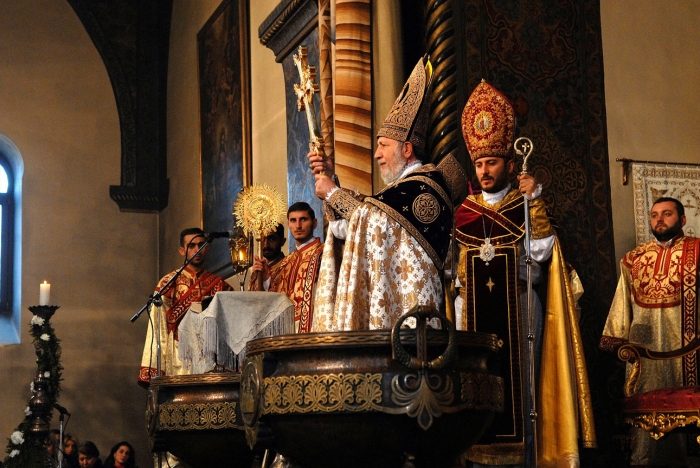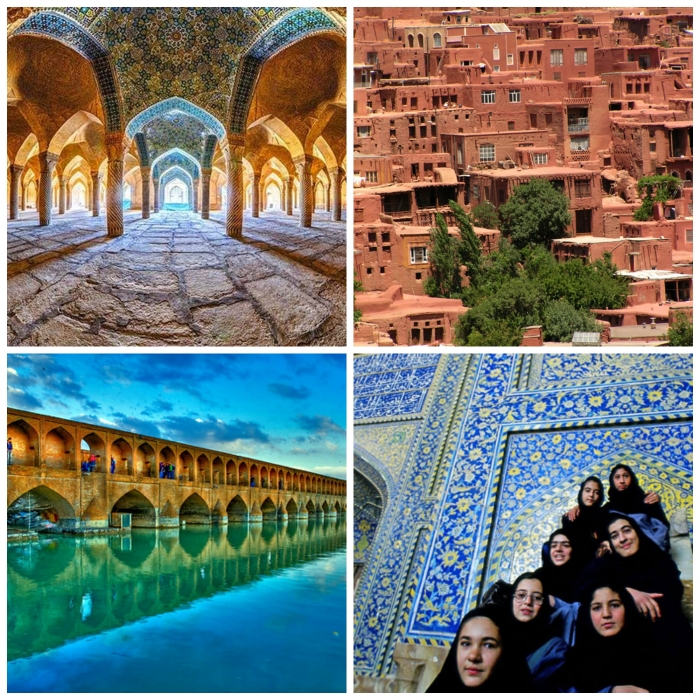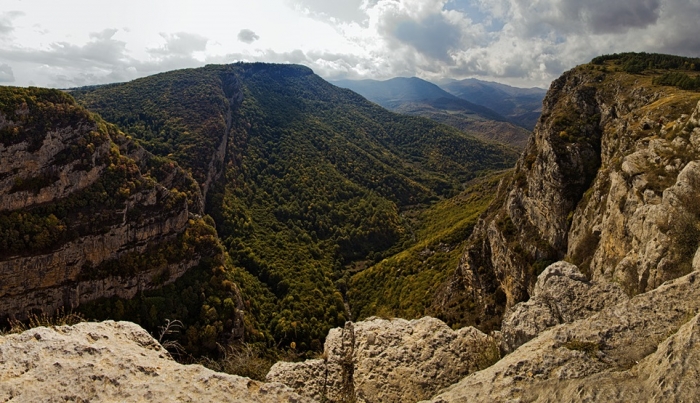Shushi
Today’s city of Shushi was one of the 15 states of the Historic Armenia. It was the administrative, religious, cultural and educational center of NagornoKarabakh (Artsakh). Regardless of its ancient history, the recent historical record has been marked by the victory of Armenians over Azerbaijan to liberate the ancient Armenian Historic land of Artsakh in 1992 May 9th.
In the 19thcentury, the medieval castle of Shushi was an important industrial, commercial, cultural and educational center in thewhole of the Caucasus. It was home to schools, print houses, theaters.
Throughout its history,Shushi was continuously exposed to invasions of the Turks and other aggressors. As a result, the human and material losses were considerably huge with the culmination of the mass killings of the Armenians by the Turk mussafats in 1920. The Armenian part of town that were 22,000 out of 44, 000 inhabitants, were slaughtered in the Armenian district.
The Stalin government by an unlawful decision of the Communist Party of Bolshevik Russia annexed Artsakh by force to Azerbaijan as an autonomous Region of Nagorno-Karabakh. The Soviet Azerbaijan Authorities continued the policy of getting rid of Armenians in Artsakh during the Soviet years.
The population of Artsakh has constitutionally requested to reunify with Armenia in 1988. The answer to this request was followed with mass slaughters and murders in Azerbaijani capital Baku and in other cities. The whole world was shocked by the atrocities of the Azerbaijani government during which 5 days continuously women, children and the eldest were tortured, murdered and fired in the streets of modern Azerbaijan. The same destiny was to happen to the Armenians in Nagorno-Karabakh because of which the liberating war of Karabakh was started.
The Azerbaijani side had turned Shushi into its military point from where they started to bomb Stepanakert (today’s capital of Nagorno-Karabakh) and other regions. May 8-9, 1992 are glorified with the victory of the Armenian troops over Azerbaijan, with which the liberation of Shushi has been carried out.
Nowadays Shushi has a population of 3500 people. A considerable reconstruction has been carried out in the city due to patriotic initiations that make it possible for the educative and cultural centers to operate in the city.
The Armenian GazanchetsotsSurbAmenaprkich Church is the pride of Shuhi. Among the monuments of the town, the SurbHovhannesMkrtich Church built in 1847 has its own place which also known as a Green church for its dome is being painted in green.
The sightseeing of Shushi include also the ruins of Meghretsots Church, the remnants, and towers of castles, two Muslim Mosques, the Upper and the Lower and other places.
Shushi is also religious center of the Armenian Church in Artsakh.
Before the 1990s for the diaspora visiting Armenia, as well as for all the Armenians, there were two major holy places among the thousands of monuments and memorials, where they traditionally and spiritually visit. Those holy places are MayrAtorSurbEtchmiadzin which is the religious center of Armenian Apostolic Church and the Memorial of the Armenian Genocide. Now, the third holy place Shushi is added to the list.
Today’s city of Shushi was one of the 15 states of the Historic Armenia. It was the administrative, religious, cultural and educational center of NagornoKarabakh (Artsakh).
Gallery
https://eltravelclub.am/en/attractions/historical-cities-villages/item/198-shushi#sigProIdad8d05fde4










